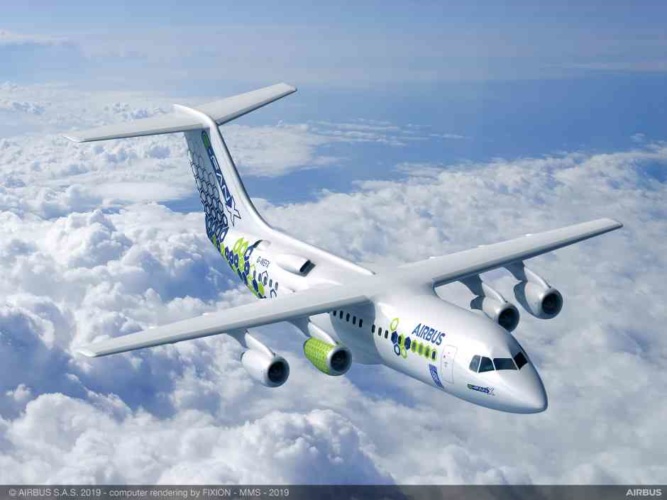Rolls-Royce and Airbus cancel E-Fan X project
E-Fan X, a joint effort between Airbus and Rolls-Royce to develop an experimental hybrid-electric aircraft, has been cancelled.

The project was launched in 2017 to explore the potential of hybrid-electric propulsion for commercial aviation and was due to undergo it’s maiden flight in 2021.
Commenting on the decision to cancel the programme Airbus CTO Grazia Vittadini said: “As with all ground-breaking R&T projects, it’s our duty to constantly evaluate and reprioritise them to ensure alignment with our ambitions. These decisions are not always easy. But they’re undoubtedly necessary to stay the course.”
Echoing Vittadini’s comments, Rolls-Royce CTO Paul Stein said: “…it has become clear to both parties that the actual requirement to carry out a test flight with all the elements integrated is not critical at this time. As an aircraft, E-Fan X was always designed to be a demonstrator only and never for actual use as a product in service.
The project, which had already reached a number of key milestones, would have seen a 2.5MW power generation system - comprised of a gas turbine driven power generation system and high power electronics - integrated and flown on a 100-seater Bae146 airliner by the end of 2021. This serial hybrid system would have been used to power an electric motor that would have replaced one of the aircraft’s existing geared turbofan engines.
Register now to continue reading
Thanks for visiting The Engineer. You’ve now reached your monthly limit of news stories. Register for free to unlock unlimited access to all of our news coverage, as well as premium content including opinion, in-depth features and special reports.
Benefits of registering
-
In-depth insights and coverage of key emerging trends
-
Unrestricted access to special reports throughout the year
-
Daily technology news delivered straight to your inbox











CCC Report Finds UK Climate Targets Still Within Reach
In 1990 67% of the UK´s electricity came from coal-fired power stations and even without renewables the transition to gas was a major contributor to...